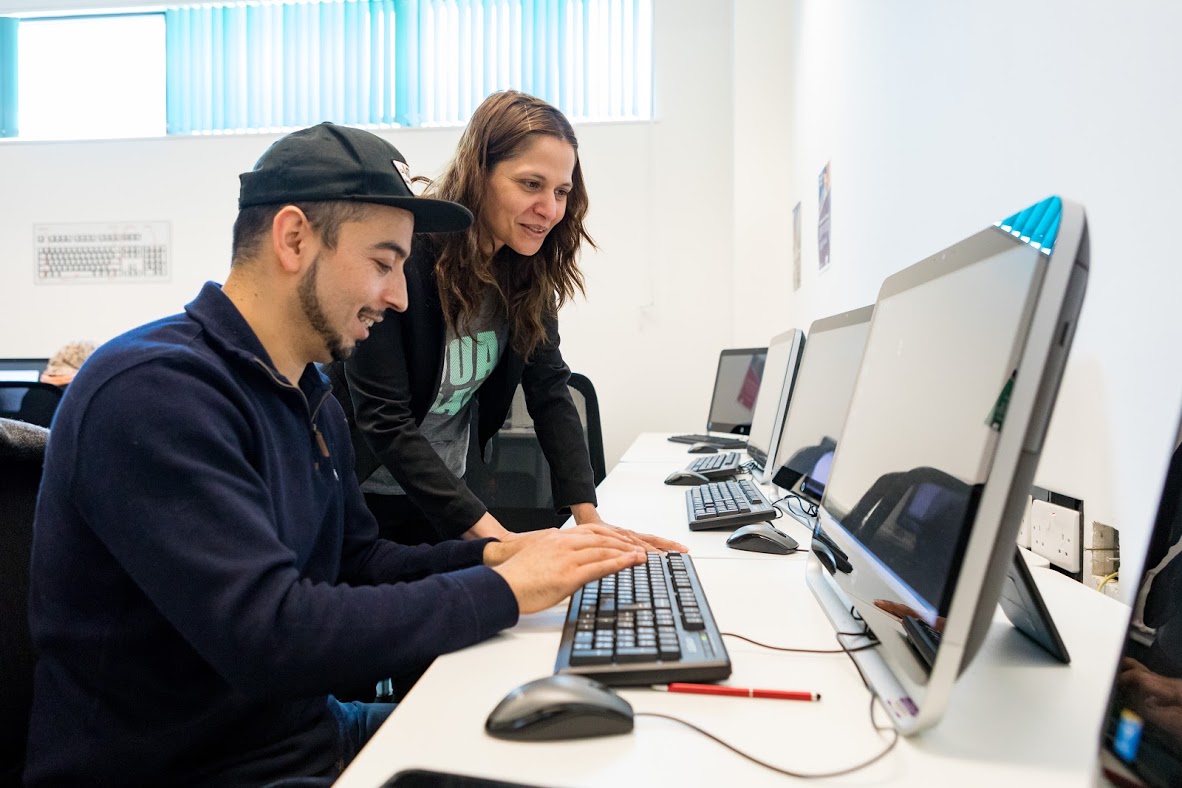My QTLS experience: Nick Chadwick
I always knew I wanted to get into teaching and so I started my career as a cover supervisor at a high school in Staffordshire – a role which lasted three years. My aim was to gain as much experience as possible by assisting teachers and taking classes.
In September 2012 I relocated to surrey where I took up a role as a trainee teacher at Reigate College. The PGCE programme was split across two years and I had a range of teaching responsibilities. I also attended a PGCE in Further Education (FE) every Monday evening, which was run in partnership with Canterbury Christchurch College and Reigate College.
What was your key motivator to undertaking QTLS?
Over the two years I was studying for my PGCE I honed my skills across a range of different teaching subjects and responsibilities, and in May 2014 I graduated with my teaching degree. I knew I wanted to undertake QTLS, primarily because of the changing landscape of FE and to increase the scope of my teaching opportunities, but also so I had the option of moving into the secondary teaching sector or going to an independent school.
I started the QTLS process in September 2014, which was the same year I finished my PGCE. I wanted to do it while my knowledge was fresh and while I was going through a lot of CPD so I could count it as evidence for my QTLS workbook.
I was also spurred on to do it by other teacher trainers who knew about QTLS said it was a fantastic progression route for all trainee teachers. From my very first teaching session in 2012, I always knew that QTLS was a pathway to go into and that it was the golden standard for practitioners in FE to increase the scope of teacher training and opportunities.
How has QTLS impacted your practice?
I believe QTLS opens doors to new opportunities, new places of work and gives me a focus for my teaching. I did my QTLS during the winter months and collected a wide range of CPD, which included attending meetings, inset days and training events. These were all things I took for granted; I never really took a step back and thought about how much I did at my place of work, so it was good to have a focus and reflect on what I was doing inside of the college.
In my new role at Train Aid my QTLS status is just as important – it is a dynamic company and is all about helping people who are on Level 4 and 5 courses to progression routes. When it comes to those who are on Level 5, they are keen to know how they can go into secondary and primary and the different sectors. Because it’s been a few years since I completed my QTLS portfolio, it helps me keep my knowledge current and means I can give them the best advice. The next thing I would like to do is complete Advanced Teacher Status (ATS), for my own benefit, but also so I can say to the Level 5 students I’ve gone further and got this additional status as well.
What is your advice to anyone considering QTLS?
The most important thing is to keep communication lines open, and in all honesty, I think any line manager or colleague is going to be supportive of you doing QTLS. As long as you are vocal about it, they will share ideas and thoughts. It’s also a good idea to have weekly or bi-weekly meetings to discuss QTLS. If you have team meetings you can put your QTLS on the agenda and get feedback – you never need to feel like you’re alone with the process.
In terms of impact on the organisation, as someone who has trained other staff on inset days, it works both ways because I’ve used that as evidence for my workbook. By putting forward things like working groups and inset training opportunities it’s improved my confidence and profile in the college and has helped me through any progression routes or course leader roles I’ve gone for.
In terms of impact on the students, I believe QTLS makes you more of a dynamic practitioner – so someone who reflects on their strengths and areas for development. If you can be objective and highlight any target points, such as behaviour management, attend courses and watch fellow colleagues, that will put you in very good stead. You are working on your weaknesses as a teacher and therefore it’s going to create a much more pleasant learning environment and better experience for your learners. The impact of QTLS on the learners is huge and is a very important one becoming a well-rounded practitioner.

check your eligibility and apply for QTLS QTLS - Professional Formation
QTLS is the badge of professionalism for post-14 education and training. It’s aimed at helping you advance your career and to demonstrate your expertise and experience to your colleagues, employers and learners.
Find out more about QTLS
